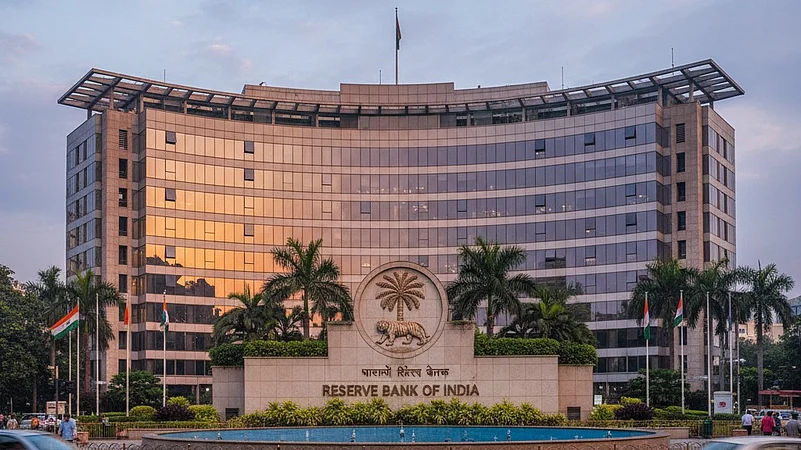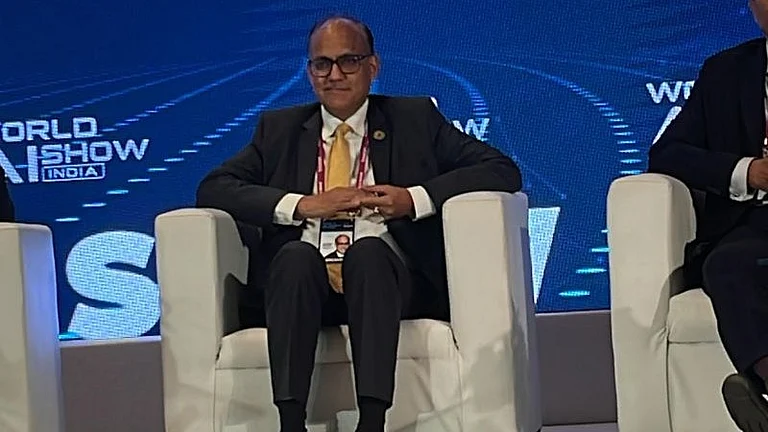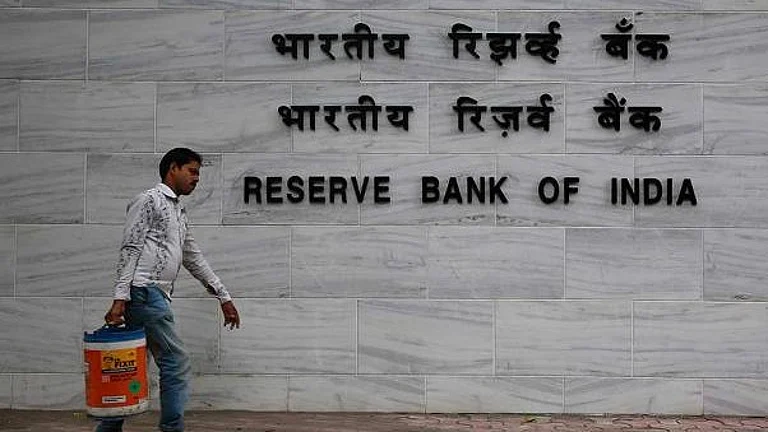
The Reserve Bank of India is likely to expand the number of NBFCs classified under the upper layer, subjecting them to stricter capital, liquidity, and governance norms.
The move comes amid the rising size and interconnectedness of large NBFCs with banks and financial markets, heightening systemic risk.
Under the RBI’s scale-based regulation framework, upper-layer NBFCs face mandatory listing, stronger board oversight, and compliance with enhanced supervision for at least five years.
Together with the government’s plans to merge smaller public-sector banks and the IMF’s call for tighter NBFC oversight, the move reflects a broader effort to reshape India’s financial architecture for stability and resilience.
The Reserve Bank of India (RBI) may raise the number of non-banking financial companies (NBFCs) classified under the upper layer, a category subject to enhanced regulatory requirements. The move likely comes against the backdrop of the growing size of these NBFCs and their increasing interconnectedness with the broader financial sector, according to media reports.
Sources familiar with the matter said that a few large public-sector NBFCs are likely to be added to the upper-layer list, as some of them have a loan book of over ₹5 trillion. NBFCs belonging to large industrial groups, Indian subsidiaries of foreign financial houses, and housing finance arms of major NBFCs are expected to be brought under the new upper-layer classification, Business Standard reported.
The NBFC sector in India is deeply intertwined with the banking system and accounts for nearly 25% of total bank credit. This interdependence stems largely from NBFCs’ reliance on bank funding for their operations. However, such interconnectedness also introduces systemic vulnerabilities; distress in large NBFCs can spill over to banks, mutual funds, and corporate debt markets, potentially triggering liquidity crises and broader financial instability. The RBI’s move aims to address these systemic risks and promote the sustainable growth of NBFCs as India’s key credit intermediaries.
RBI’s Scale-Based Regulation Framework: The Four Layers of NBFCs
The RBI’s scale-based regulatory framework, which came into effect in October 2022, classifies NBFCs into four layers- Base, Middle, Upper, and Top layer, based on their size, activities, and systemic importance.
Base Layer: Non-deposit-taking, non-systemically important NBFCs with asset sizes below ₹1,000 crore, including peer-to-peer lending platforms, account aggregators, and non-operative financial holding companies. Regulatory oversight here is limited to governance and basic disclosure norms.
Middle Layer: Includes all deposit-taking NBFCs, regardless of size, and non-deposit-taking NBFCs with assets above ₹1,000 crore. This layer covers Standalone Primary Dealers, Infrastructure Debt Funds, Core Investment Companies, Housing Finance Companies, and Infrastructure Finance Companies. These entities must maintain a Capital Adequacy Ratio (CRAR) of 15% and adhere to stricter asset-liability management norms.
Upper Layer: Identified as systemically important NBFCs based on a specific scoring methodology. The top 10 NBFCs by asset size fall automatically into this layer. They face higher capital and liquidity requirements, including a minimum Common Equity Tier 1 (CET1) capital of 9%, stricter liquidity coverage ratios, and mandatory public listing. Current upper-layer NBFCs include LIC Housing Finance Ltd, Bajaj Finance Ltd, Shriram Finance Ltd, and Tata Sons Pvt Ltd.
Top Layer: A precautionary category reserved for NBFCs that may migrate from the upper layer if the RBI perceives a significant increase in systemic risk. No NBFC has yet been classified in this category.
Transition and Compliance Requirements for Upper-Layer NBFCs
Upper-layer NBFCs are identified based on a parametric scoring methodology that combines quantitative metrics, qualitative factors, and supervisory judgment. Once classified, they remain under enhanced regulation for at least five years, even if they later fall below the threshold criteria, Business Standard reported.
As per RBI norms, the top 50 NBFCs (excluding the top 10 by asset size) are evaluated based on total exposure, including off-balance-sheet items. If an unlisted NBFC is classified as upper layer, it must list its shares on stock exchanges within three years.
According to a KPMG report, newly classified upper-layer NBFCs must implement a board-approved policy to adopt the enhanced regulatory framework and submit an implementation plan for supervisory review by the RBI. The Board of Directors is responsible for ensuring full compliance with these stipulations within 24 months from classification.
Once in the upper layer, an NBFC cannot move down to a lower classification and will remain subject to heightened supervision and capital norms.
Reforms to Reshape India’s Financial Sector
Earlier this month, media reports suggested that the government is considering merging smaller public-sector banks with larger state-owned ones. The proposal, expected to be taken up at the Cabinet level next year, is driven by the need to streamline public-sector banking into “fewer, stronger entities” that can support the next phase of credit expansion and financial reform.
This move, along with RBI’s plan to classify more NBFCs under the upper layer, reflects a broader effort to strengthen India’s financial stability.
The International Monetary Fund (IMF) has raised concerns about the concentrated exposure of NBFCs to core sectors such as power and infrastructure, which remain vulnerable to structural inefficiencies. Such concentration heightens systemic risks, as distress in these sectors could cascade through NBFCs into banks and financial markets. The IMF has recommended enhanced liquidity regulations, regulatory parity between state-owned and private NBFCs, improved data sharing, and diversification of funding sources.
RBI’s decision to expand the upper-layer classification aligns with these recommendations, signaling India’s intent to fortify its financial architecture in line with global standards.
































